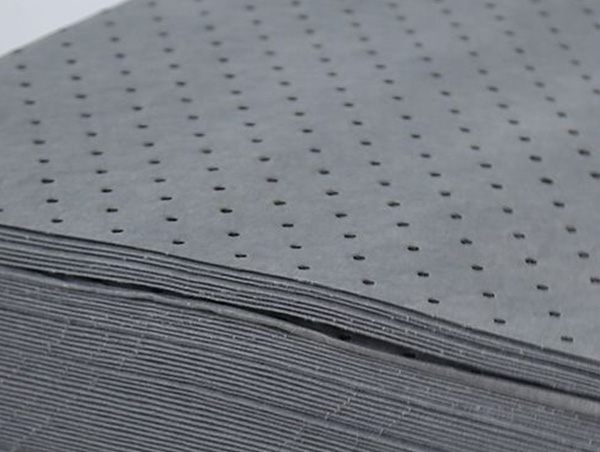Cleaning up the oil spill pollution on the sea surface is not a few simple methods. It requires physical and chemical methods and steps! The first step to clean up the oil spill is to cut off the pollution source and stop the expansion of the oil slick area. The second step is to remove the oil pollution on the sea surface through some physical methods, such as using a suction machine to absorb oil, scraping oil with a water grid and skimmer, and using an oil suction felt to absorb crude oil and recycle it. In this step, only part of the oil pollution can be recovered extensively to reduce the loss of oil leakage; But it can't completely clean the water. This requires the third step, spraying chemical oil eliminators, through chemical reactions, to promote the decomposition or sedimentation of oil, forming tiny globules that can dissipate in the water. However, the disadvantage of using chemical reagents is that they may cause secondary pollution and can only be used to clean up a small amount of oil. Burning and laissez faire are the internationally common methods to clean up oil spills.
However, the burning method is only applicable to accidents with an oil slick thickness of more than 2 mm. The principle is that after burning, a kind of tar ball will be left on the sea, and the tanker will directly salvage these spherical materials. This method can remove about 50% to 90% of the oil on the water surface. The disadvantages of this approach are obvious, it will cause a wide range of air pollution, and it is also very destructive to marine organisms. Laissez faire is applicable to crude oil leakage in the ocean far away from the coast and human activity areas. This method uses microorganisms to naturally digest crude oil, but it will expand the scope of pollution, especially the damage to organisms in the polluted areas should not be underestimated. Masters are in the folk. For example, for the pollution treatment of beaches, a British farmer once invented a method of treating oil pollution with machine-made grass rows, which can not only prevent the spread of oil in the sea, but also absorb 15 times more oil than its own mass. Among grasses, barley straw is the most effective. After the oil spill in the Gulf of Mexico in the United States, local environmental protection volunteers packed the collected hair with waste silk stockings to enclose the coast, which can absorb and clean up the oil on the sea surface. Corn leaves can also be used to braid. Now that tender corn is on the market, the collected corn leaves can be dried and braided to surround the coast to absorb the residual oil on the sea surface and prevent oil from adhering to the beach. The oil absorbent padcan be better used to absorb oil spills at sea and is more economical.
